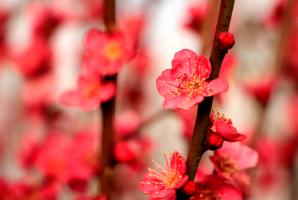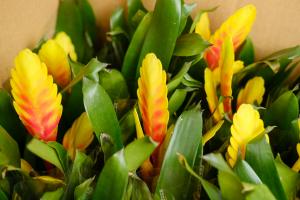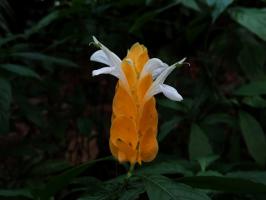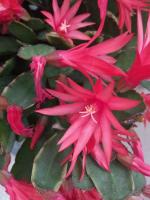1、 Soil
Cultivating Italian parsley requires loose and fertile soil with good drainage. Among them, sandy soil is the most suitable for its growth. You can also sprinkle some rice husk ash appropriately, which is more conducive to drainage
2、 Illumination
It prefers light and can be cultured on an indoor balcony or in a place with sufficient outdoor light, but it needs proper shading in the high-temperature season in summer, otherwise it will affect its growth
3、 Temperature
It likes a warm and cool climate and is relatively cold resistant. It is most suitable for its growth in spring and autumn. It is best to keep the temperature at 15-20 ℃ in summer and spring and autumn. It needs to be cooled appropriately in summer to avoid affecting its growth. It shall not be lower than - 2 ℃ in winter, otherwise it is prone to freezing injury
4、 Watering
It likes wet environment, but it is afraid of waterlogging. It can be watered according to the principle of "see dry and see wet", but it must be noted that there must be no ponding, otherwise it will affect its normal growth
5、 Fertilization
It likes fertilizer, especially sensitive to boron fertilizer, and is prone to stem cracking when boron is deficient. Sufficient rotten organic matter fertilizer can be applied as base fertilizer before planting. Urea or 0.3% potassium dihydrogen phosphate on the leaf surface can be applied during the peak period of leaf growth

 jackfruit
jackfruit snake plant
snake plant hibiscus
hibiscus hydrangea
hydrangea lavender
lavender Green roses climb al...
Green roses climb al... If you don't pay att...
If you don't pay att... Management of four g...
Management of four g...



































